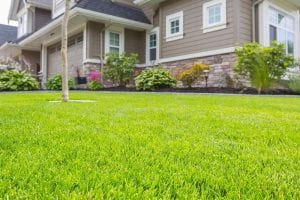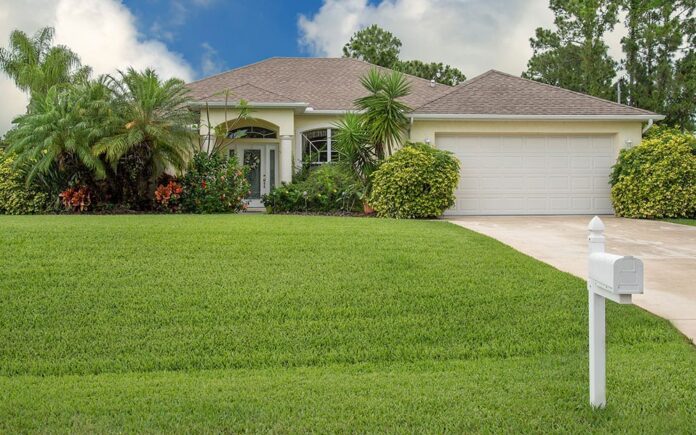One difficult situation most homeowners and gardeners are faced with is how to grow grass in sandy soil and shades. One thing we want you to know is that growing grass in sandy soil and shades is still a battle that you can be able to win only if you adhere to the right bases while taking care of your lawn.
This article is written to help you succeed when it comes to growing grass on sandy soils and also in areas that are well shaded.
However, a rare fact is the type of deciduous tree is going to have a great influence on how successful the grasses are going to grow. In the case of hard maples, they possess shallow roots and dense canopies which makes it difficult for anything beneath them to start growing and trust me when I say that grasses would not make it here as well.
Oak and Dogwood also make it impossible as they also create tough conditions for any grass underneath their branches to grow.
Other trees that also have a huge role to play include ornamental crabs, sycamore, locust, apples, elms, pears and many more. These trees however would happily allow the growth of any kind of lawn right underneath their feet.
How To Grow Grass In Sandy Soil And Shades

Another question that we have been getting lately is if plants would also be able to grow in shades. The truth we all know about plants is that most of them need to have access to direct sunlight for at least six hours if they are to survive.
Furthermore, there are some that are shade tolerant meaning they would survive if they can at least get up to four hours of sunlight and in this case, the sunlight doesn’t really have to be a full one.
Your lawn can be made healthy if it is able to get about four to six hours of direct or shaded access to sunlight.
The minimum hours of sunlight which they need to survive are four hours and I am sure by now, you would be thinking the type of grasses that would thrive under the shade and when it comes to cool-season grasses, the tall fescues, fine and tall grasses are going to do extremely well because they are shade tolerant in nature.
The minimum amount of sunlight they need to survive is about four hours and the warm season grasses which would do well in shade includes the St. Augustine grass and the Zoysia grass.
Shade tolerant grasses that can adapt to your region are the seeds you should always look out for when shopping for grass seeds to plant and you also should mix the blend because sometimes a particular type might thrive and the other wouldn’t.
Not paying attention to quality isn’t a wise budget investment just because you are looking to save money so it is better that you pay for a grass seed with quality. The next thing we are looking to address is watering.
If the shade in question here is being caused because of a building then watering frequently isn’t something that you must do. Grass that grows in shade areas does not require so much water like other plants that are exposed to sunlight do.
You should also learn how to carry out irrigation but when dealing with grass growing in shaded areas, you should water but only when it is necessary.
Furthermore, grasses that grow in shaded areas also require about one half to two-thirds of nitrogen just like how it is done when dealing with grasses exposed to the sun. The only difference here is grasses in shaded areas should be fertilized during the early spring.
I guess your question is WHY! It is important that you fertilize in early spring before leaves start falling off and fertilization should not be done again until when it is early fall again. Minimizing stress is one thing you need to watch out for if you want to grow grass in shaded areas.
This also includes cutting down on how you make use of herbicides and if you are dealing with weed, a general broadleaf application during fall would be enough.
If the case is otherwise then you would need to spot spray the weeds using a herbicide. One last thing you must do when dealing with weeds in shaded areas where grasses are reading its label thoroughly so as to make sure no harm comes to the trees.







